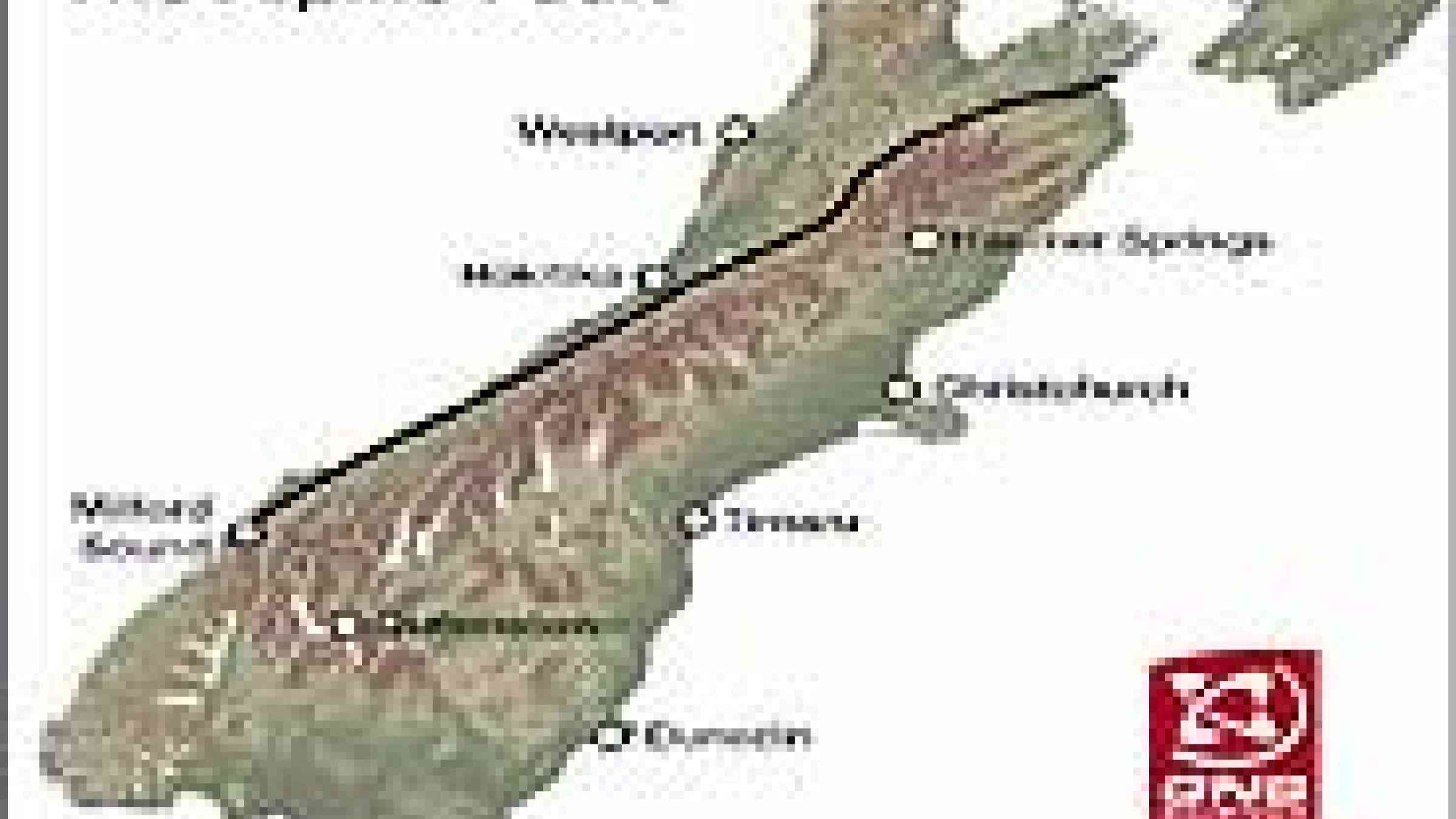New Zealand: Scientists plan to drill into fault to study earthquakes

A New Zealand-led consortium of scientists is planning to drill into the Alpine Fault in the South Island so they can learn more about earthquakes and how the fault operates.
The cutting-edge project aims to drill several kilometres deep to examine physical and chemical changes taking place inside the fault. This may help to clarify if pressure is building toward another rupture.
The Alpine Fault runs about 650km along the spine of the South Island between Milford Sound and Marlborough. It ruptures every 200 to 400 years producing an earthquake of about magnitude 8.
It last ruptured 291 years ago in 1717. The fault “accumulates” strain at the rate of about 30mm-a-year, very fast by global standards.
As a first step, the scientists have been awarded funding of US$44,500 to hold a five-day workshop in the South Island in early 2009 to plan the project. Up to 50 researchers will attend the event, with many coming from overseas. The funding has been awarded by the International Continental Scientific Drilling Programme.
Leader of the group, John Townend from Victoria University of Wellington, described the project as ambitious and technically challenging and added it was the first time that anything on this scale had been attempted in New Zealand.
Dr Townend said the project offered “the exciting opportunity” of recording information before and during a future large earthquake on the fault.
Co-leader, Rupert Sutherland from GNS Science, said another large earthquake on the Alpine Fault could strike this century, and the international funding provided an outstanding opportunity to better understand and monitor the South Island’s most dangerous fault.
Dr Sutherland said New Zealand would benefit from a long-term observatory on the Alpine Fault as it would provide an unrivalled perspective on what drives earthquakes. A deep drillhole would enable measurement of stress, temperatures, heat flow, and the chemistry of fluids, rocks and gases in the fault zone.